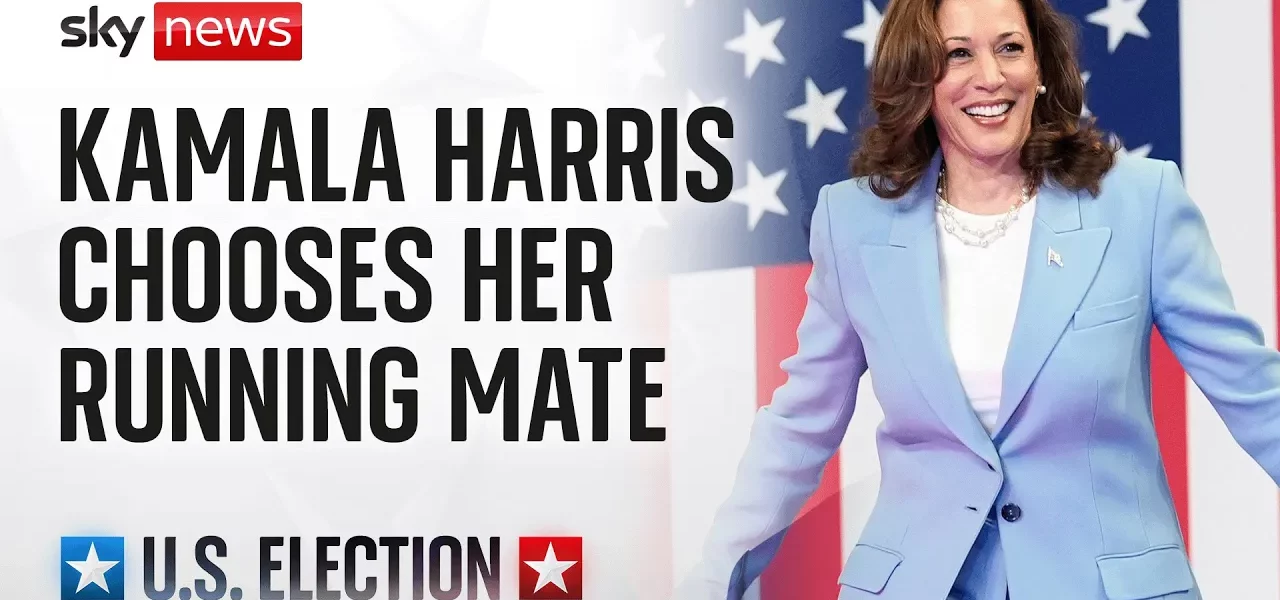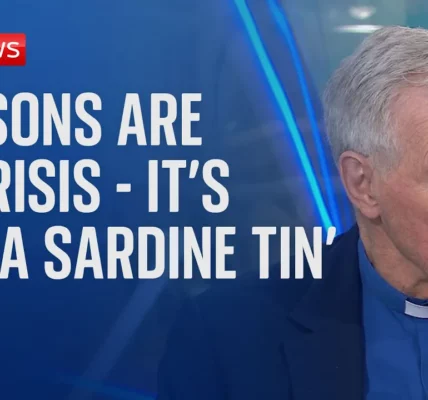Kamala Harris Selects Tim Walz as Vice Presidential Candidate

In a surprising turn of events, Kamala Harris has officially chosen Tim Walz, the governor of Minnesota, as her running mate for the upcoming presidential election. This article delves into the implications of this selection, the dynamics of the Democratic Party, and the potential outcomes for the election ahead.
Introduction
The political landscape in the United States is continuously evolving, especially as the presidential election approaches. Kamala Harris’s recent decision to select Tim Walz as her vice-presidential candidate has sparked considerable discussion and analysis. This choice is not merely a strategic political maneuver; it reflects a broader strategy to address the challenges of the current political climate, particularly in swing states. Understanding the implications of this partnership is crucial for both the Democratic Party and the electorate as the election nears.
Background on Kamala Harris and Tim Walz
Kamala Harris, the incumbent Vice President, made history as the first Black woman to hold the office. Her experience and reputation have positioned her as a formidable candidate in the upcoming election. Tim Walz, on the other hand, has a rich background as the governor of Minnesota and a former National Guardsman, bringing a wealth of experience and relatability to the ticket.
Kamala Harris’s Political Journey
Before assuming the vice presidency, Kamala Harris served as the Attorney General of California and a U.S. Senator. Her tenure has been marked by a focus on social justice, healthcare reform, and immigration issues.
Tim Walz’s Experience and Qualifications
Walz, aged 60, has garnered respect within the Democratic Party for his leadership style and ability to connect with voters. His history as a teacher and a soldier resonates with many, providing him with a unique perspective on national issues.
The Selection Process
The process leading to Tim Walz’s selection was intricate and involved deep considerations. Multiple candidates were initially in contention, including Josh Shapiro and Mark Kelly, but Walz emerged as a strong contender.
Key Factors in the Decision
- Debate Skills: Walz’s ability to articulate Democratic values and challenge Republican narratives effectively was a significant consideration.
- Relatability: His down-to-earth demeanor and approachable persona make him appealing to a broad audience.
- Research and Vetting: Harris’s vetting team conducted thorough background checks, and Walz reportedly impressed them with his integrity and engagement.
Potential Impact on the Election
Walz’s selection is poised to influence the dynamics of the upcoming election significantly. His presence on the ticket may sway undecided voters and solidify support in critical states.
Balancing the Ticket
One of the primary reasons for selecting Walz is the balance he brings to the ticket:
- Maturity and Experience: As a seasoned politician, Walz brings a level of stability that complements Harris’s dynamic approach.
- Diverse Appeal: Walz’s background allows him to connect with rural voters and those in swing states like Pennsylvania.
- Addressing Progressive Concerns: While some progressive Democrats favored a more left-leaning candidate, Walz’s moderate stance may attract a broader voter base.
Strategic Implications for the Democratic Party
The Democratic Party faces the challenge of uniting its base while appealing to moderate voters. Walz’s selection could serve as a bridge between these factions, fostering a more inclusive campaign strategy.
Conclusion
Kamala Harris’s choice of Tim Walz as her running mate marks a pivotal moment in the upcoming presidential election. This decision reflects a strategic alignment aimed at maximizing electoral success by addressing the needs and concerns of a diverse electorate. As the campaign unfolds, the effectiveness of this pairing will become clearer, and both candidates will need to leverage their strengths to navigate the complexities of the electoral landscape. Stay tuned for updates and analyses as the election approaches.
For more insights into the election dynamics and the Democratic Party’s strategies, check out our related articles on political analysis and voter behavior.
“`




